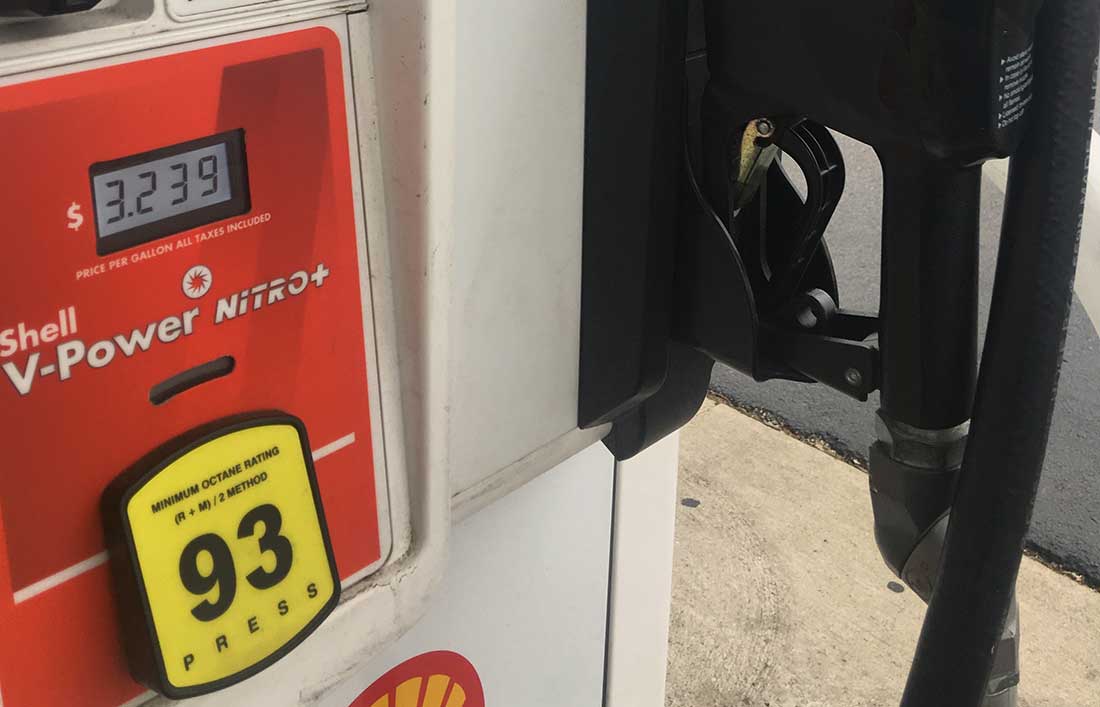By Urvashi Verma
Consumers can expect to pay more at the gas pump this spring as gasoline inventory levels are showing signs of dwindling.
The national average retail regular gasoline price decreased modestly last week to $2.302 from $2.307 per gallon in the week prior, according to the Energy Information Administrations’s weekly petroleum outlook. In a year-over-year comparison, gasoline and diesel prices have increased nearly 24 percent or 58 cents, reported the EIA.
“Gasoline prices are strongly correlated with crude oil prices, which are approximately 75 percent higher than the same time last year,” said Jeffrey Barron, analyst and economist at the EIA, a government agency.
Last week, crude oil inventories increased a meager half a million barrels. Motor gasoline inventories declined by 2.6 million barrels and distillate fuel inventories used in blending components also declined, by 4.9 million barrels. This resulted in total commercial petroleum inventories decreasing by 11.0 million barrels, according to the EIA.
A significant build in petroleum inventories last year kept oil prices lower, but data from the last quarter of 2016 and early this year indicates that this trend is changing, said Barron.
“The announcement from OPEC to reduce production starting January 2017 likely contributed to some expectation of reduced supply in the future, which would increase prices,” Barron said.
Since last November, gas prices have steadily increased, by 14 cents per gallon, according to data service GasBuddy.

(Urvashi Verma)
The largest seasonal jump in petroleum prices occurs from mid-February to Memorial Day due to seasonal transition and refinery maintenance.
These hikes occur because the Environmental Protection Agency and the Clean Air Act require a more expensive blend of gasoline in the summer months and refineries undergo maintenance work which causes a temporary drop in gasoline production that creates a pinch at the pump, said Dan McTeague, petroleum analyst at GasBuddy.
“Overall, most areas will see peak prices under $3 per gallon,” said Mc Teague. While that’s far under prices a few years ago, watching prices surge every spring certainly brings heartburn with it,” McTeague wrote in a GasBuddy blog post.


